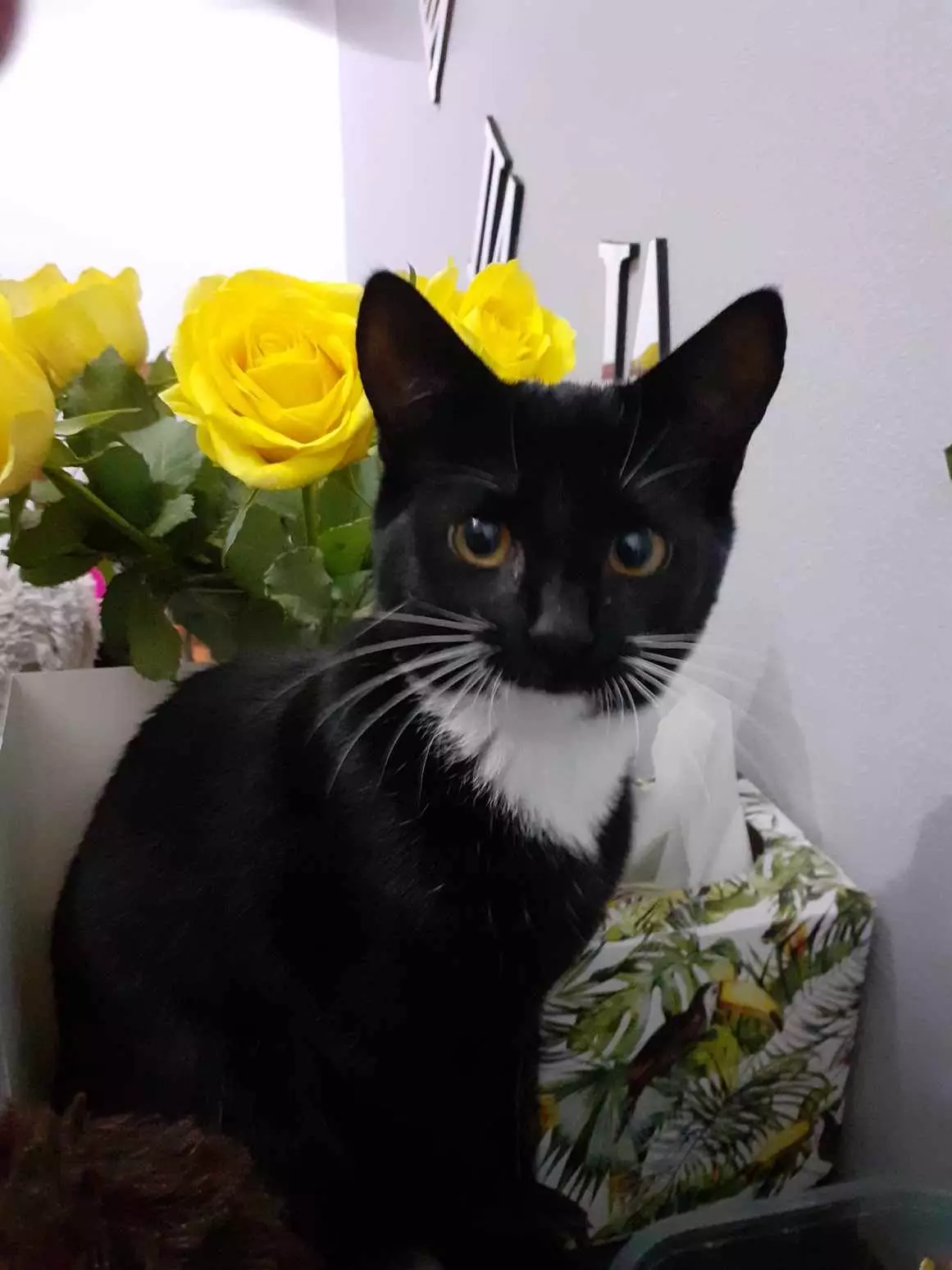As autumn settles in and daylight fades swiftly, it becomes crucial for cat owners to reconsider their pets’ safety. The return of darker nights not only alters our schedules but also introduces potential dangers for our feline companions. With increased risks of road accidents during this season, the welfare of outdoor cats becomes a significant concern. Understanding these risks and adopting right strategies can help mitigate dangers and ensure our pets remain safe and healthy.
Every year, thousands of cats are treated for injuries related to road traffic accidents, with a significant number occurring during the fall months. Veterinary professionals like PDSA Vet Nurse Nina Downing emphasize the importance of awareness regarding these heightened risks. As the clocks reset for the winter, owners must take preventative measures to keep their pets safe. The statistics are alarming: PDSA treats over 2,400 suspected road traffic injuries annually, which can incur expenses of upwards of £2,000 per cat. Such figures underline the importance not only of safety but also of being financially prepared through various channels, including pet insurance.
The transition into darker evenings significantly affects a cat’s visibility and their ability to navigate surroundings safely. As visibility decreases, the likelihood of a cat wandering into the path of a vehicle increases. Therefore, making informed decisions about outdoor access and management is the best way to protect our furry friends.
While some cat owners opt to keep their pets indoors during darker months, others grapple with providing a balance that satisfies their cats’ natural instincts. Here are several practical strategies to maintain that balance while ensuring their safety:
1. **Neutering**: This simple procedure minimizes the urge to roam, decreasing the likelihood of risky encounters with vehicles. Neutered cats are generally less driven to escape or engage in fights with other cats.
2. **Scheduled Outdoor Time**: Inviting cats outside during daylight hours and keeping them indoors as twilight approaches can help form routines that align with their natural instincts. Gradually adjusting feeding times to coincide with dusk can encourage a timely return home.
3. **Reflective Gear**: Opt for reflective collars to enhance visibility, especially in poor light. Break-away collars are essential for preventing injuries if a cat becomes caught in vegetation or other objects.
4. **Secure Outdoor Spaces**: For owners living in high-traffic areas, investing in a secure outdoor space can be a worthy solution. Options like cat fences or aviaries allow cats to experience the outdoors without the inherent risks of busy roads.
5. **Microchipping and Insurance**: As of June 2024, microchipping will be a legal requirement in many places. It not only facilitates reunions if a pet gets lost, but it can also provide crucial information if an accident occurs. Paired with a robust pet insurance policy, owners can alleviate financial stress in emergencies, focusing instead on their pet’s recovery.
The plight of cats like Charlie, a one-year-old felines who faced severe injuries from a suspected vehicle collision, underscores the importance of these safety measures. His story serves both as a cautionary tale and a beacon of hope. After enduring significant trauma, it was the support of organizations like PDSA that facilitated Charlie’s recovery, reminding owners just how vital proper veterinary care can be in emergencies.
Charlie’s owner, Conway, expressed his dismay over the situation, illustrating that pets are family members whose absence can profoundly affect our daily lives. The financial burden of veterinary care, especially during uncertain employment times, can be harrowing, and PDSA stepped in to provide the necessary assistance that saved Charlie’s life. The initiative not only helped Charlie but also preserved the emotional bonds he had created within his family.
As the allure of autumn and winter sets in, cat owners must face the responsibility of ensuring their pets’ safety during darker nights. Simple preventive measures can significantly enhance a cat’s wellbeing, safeguarding them against unforeseen dangers. Whether it involves keeping them indoors, engaging in secure outdoor practices, or ensuring they have the necessary health protections in place, the impact of these actions is profound.
PDSA continues to advocate for pet safety and health, affirming their commitment to assisting pet owners through financial constraints and offering exemplary veterinary care. As they have upheld their mission for over a century, caring pet owners must also become part of this effort, ensuring a secure and happy home for every feline companion.


Leave a Reply